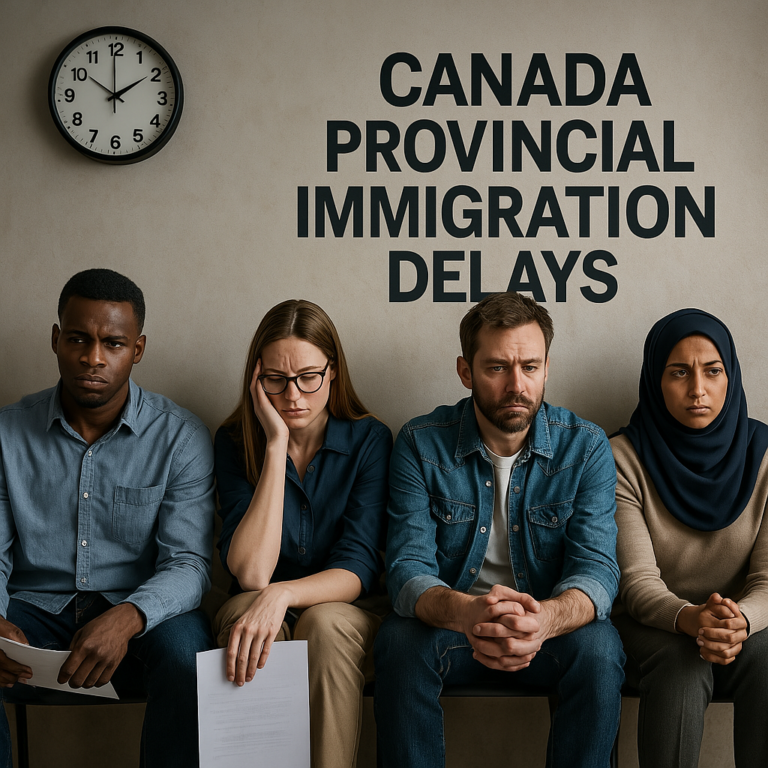Key Takeaways:
- From 2025, the cost of obtaining permanent residence in Malta will significantly increase.
- Financial eligibility criteria and a new age limit for dependent children will be introduced.
- Strict deadlines apply for applications under the current program regulations.
Starting in 2025, Malta’s Permanent Residence Programme (MPRP) is poised for a major overhaul, introducing significant changes that will reshape its landscape for prospective applicants. Key updates include substantial increases in fees, heightened property purchase or rental requirements, and stricter eligibility criteria aimed at ensuring that applicants meet higher financial thresholds. These changes reflect Malta’s strategic effort to position itself as a premium destination for affluent individuals seeking residency while simultaneously discouraging less financially stable candidates. While these adjustments may enhance the program’s exclusivity and economic benefits for the country, they will also make it considerably less accessible to a broader range of applicants, effectively raising the bar for those wishing to call Malta their new home.
What Will Change?
Higher Costs
From January 1, 2025, applicants seeking permanent residency in Malta will face increased financial obligations as part of the updated regulations. Administrative fees, currently set at €40,000, will rise significantly to €50,000, representing a 25% increase. In addition, the financial contributions required from the main applicant will be adjusted based on their housing choice: those opting to purchase qualifying property will need to contribute €30,000, up from the current €28,000, while applicants choosing to rent property will see their contribution jump to €60,000, an increase from the existing €58,000.
A notable new expense is the introduction of a €10,000 fee per dependent included in the application, comprising €5,000 in administrative fees and €5,000 in financial contributions. Previously, no fees were charged for dependents under this program, making this a significant shift that will impact families.
Moreover, the qualifying property thresholds will also rise substantially. The minimum purchase value of eligible properties will increase to €375,000, a significant jump from the current requirement of €300,000 for properties located in southern Malta or Gozo, and €350,000 for properties in other parts of the country. Similarly, the annual minimum rent will be set at €14,000, compared to the current €10,000 for properties in the south or Gozo, and €12,000 elsewhere.
These financial adjustments are indicative of Malta’s strategic move to attract high-net-worth individuals while also balancing the economic benefits derived from its Permanent Residence Programme. Prospective applicants will need to carefully evaluate their financial readiness to meet these increased demands.
Revised Financial Criteria
Applicants seeking permanent residency in Malta under the updated 2025 regulations must demonstrate ownership of assets totaling at least €650,000. This includes a mandatory allocation of €75,000 held in liquid financial assets, such as cash, bonds, or readily accessible investments. This new threshold significantly raises the bar compared to the current requirement, which stipulates a minimum of €500,000 in total assets, with €150,000 specifically allocated in liquid financial forms. The change reflects a strategic shift towards ensuring applicants possess not only substantial net worth but also immediate financial liquidity, underscoring the program’s focus on attracting financially robust individuals capable of contributing meaningfully to Malta’s economy.
Age Limit for Children
Dependent children will only qualify for inclusion in the application if they are under the age of 29, a significant change compared to the previous rules that had no upper age limit. This new regulation narrows eligibility by excluding older dependent children, even if they are still financially or otherwise reliant on the main applicant. Such a change may impact families where older children are pursuing higher education, are unemployed, or are otherwise unable to support themselves independently. Applicants will now need to consider the age and dependency status of their children more carefully before applying, as this restriction could potentially exclude certain family members who would have previously been included. This shift emphasizes the program’s focus on younger dependents and may influence the long-term planning of families seeking permanent residence in Malta.
Why Does This Matter?
These changes are a clear reflection of Malta’s strategic shift toward attracting a more exclusive class of high-net-worth individuals who can contribute significantly to the nation’s economy. By raising the financial thresholds and implementing stricter eligibility requirements, the government is signaling its intent to position Malta as a premier destination for affluent investors and their families. This approach not only ensures a steady influx of substantial economic contributions through administrative fees, property investments, and financial commitments but also fosters a competitive environment that aligns with Malta’s aspirations of maintaining a high standard of living and exclusivity for its residents. However, this recalibration in policy inevitably limits access for less affluent applicants, potentially excluding those who might have otherwise added value to Malta’s social and cultural fabric. The increased financial commitments also reshape Malta’s appeal, transforming it from a broadly accessible residency option into a more elite, investment-focused destination for global citizens seeking long-term residence in a politically stable and economically vibrant country. This dual impact—economic gain at the expense of broader accessibility—underscores the government’s prioritization of fiscal benefits over a more inclusive immigration framework.
Opportunity to Apply Under Current Rules
Applicants who are considering Malta as their next destination for permanent residency still have a limited window of opportunity to take advantage of the current, more favorable regulations. The final deadline for submitting an application under the existing rules is December 31, 2024. This timeline allows prospective applicants to secure a position within the program before the significant changes come into effect. However, it is crucial to note that submitting an application alone is not sufficient. All supporting documentation must be completed and delivered to the Residency Malta Agency no later than March 28, 2025.
Failure to adhere to either of these deadlines will result in the application being withdrawn by the authorities. This withdrawal would force applicants to restart the entire process, complying with the updated rules and significantly increased costs that will be implemented in 2025. For those who are on the brink of completing their applications, time is of the essence, and swift action could mean saving tens of thousands of euros while locking in more lenient requirements. Therefore, it is strongly advised to begin consultations and document preparation immediately to ensure a smooth and timely submission.
Conclusion
Malta’s residency program continues to serve as a significant economic driver, attracting substantial investments into the country through property acquisitions, financial contributions, and professional fees. This approach not only strengthens Malta’s economy but also enhances its global reputation as a prime destination for affluent individuals seeking European residency. However, the increased costs and stricter requirements may pose considerable challenges for prospective immigrants who lack substantial financial resources. For these individuals, the rising barriers could potentially limit access to opportunities that were previously more accessible. Acting quickly to take advantage of the current, more affordable regulations before the year-end deadline is essential for those wishing to secure permanent residency in Malta without incurring the significantly higher expenses and stringent conditions that will take effect in 2025. Such proactive measures could mean the difference between a financially viable pathway to residency and an unattainable dream.








